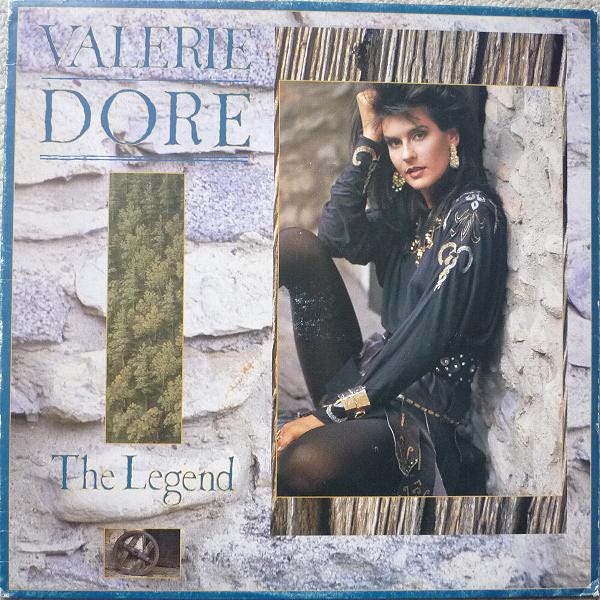Valerie Dore's "The Legend"
In 1986, Italo Disco Visited Camelot
So far, we have seen Italo-disco (or disco-adjacent) concept albums on insects and aerobics (performed by Heather Parisi) and the Far West (performed by Rettore). Following our article on “another type of dance,” readers requested a post on Valerie Dore’s 1986 album The Legend, which tackles the Matter of Britain—aka Camelot, aka Arthurian legends—with typical Italo Disco arrangements and instrumentation.
Remember, the 1980s were the decade of big sword-and-sorcery productions, including Excalibur (1981), Conan (1982), Red Sonja (1985), Ladyhawke (1985), Legend (1985), and whimsical fantasy movies such as Labyrinth (1986) and The Princess Bride (1987).
Coming off of Italo singles “The Night,” “Get Closer,” and “It’s So Easy,” where she received considerable, err, vocal support from professional singers, Dore (Monica Stucchi) decided to change direction for her follow-up effort.
The Legend is an Italo Disco concept album where Valerie Dore tackles Arthurian legends. “This recording of Eu…



